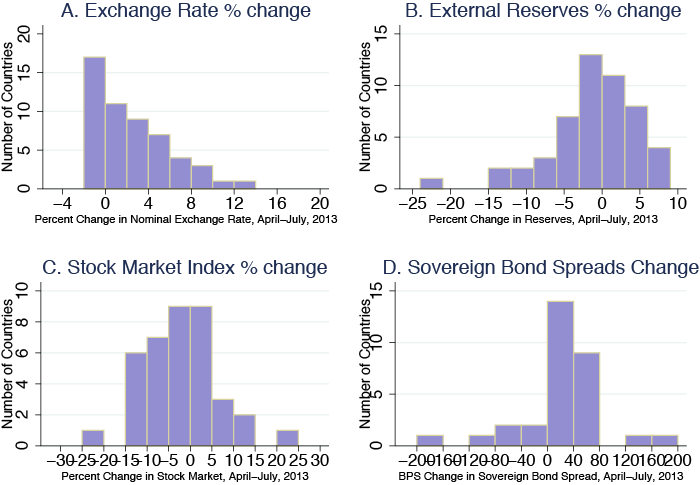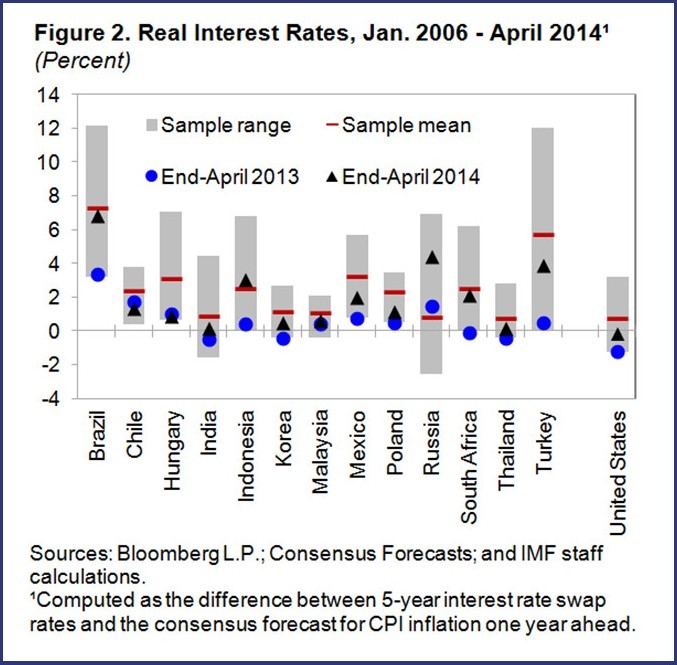How Does US Tapering Affect Emerging Markets (Part I)
Post on: 29 Май, 2015 No Comment

How does US tapering affect emerging markets like the Philippines? Lets describe first how tapering came about. Tapering is the same as reduction of stimulus or reducing the level of quantitative easing. It is a gradual phase-out of bond-buying programme.
In various Philippine trading/investing fora, questions pop up about the words such as tapering. quantitative easing or US stimulus especially when the stock market is down. In most local and international papers, tapering is the most used word to explain the reason on why the stock market started declining in the few months of 2013.
Heres the summary (which Ive tried to make it simple and as easier as possible with links to understand more for newbies) before the US tapering and how it affects the stocks in emerging markets including the Philippines.
The bursting of the U.S. housing bubble. which peaked in 2006 as predicted by Jesse Colombo
With the global financial crisis. slow growth and high unemployment in US and most countries around the world. Federal Reserve (FED) forced to stimulate the economy and spur economic growth through its policy of quantitative easing (QE) by creating money around $600B then buying bonds or other financial assets (mortgage-backed securities & treasury bonds from banks. The banks can provide more cash available to loan. The increase loan growth should make it easier to finance projects and expansion, thus stimulate the economy. Of course, the major aim is to lower borrowing cost (mortgage rates) especially those affected US homeowners. The bond buying program was set only until March 2010.
Since the QE has little impact, FED announced an expansion of the program from $600Billion to $1.25Trillion. During this period, there was still slow growth and rise of European Debt crisis.
The FEDs buying of bonds has resulted to increase prices of bonds while bond yields fall. Due to low yield, it encourages economic expansion because of lower borrowing cost. From 4.35% yield of 10-year US treasury notes in 2008, it started its decline to 3.47% in 2010.
FED announced another second round of quantitative easing (QE2 ) which was buying $600B worth of short-term bonds. It sparked a rally in the financial markets. You may have observed that during this period, the stocks in the emerging markets continued to go up while currencies of ASEAN countries started to appreciate versus the US dollar, which means that foreign funds flowed in to emerging markets such as Thailand, Malaysia, India, Indonesia, Philippines and others in search for riskier assets but better yield since US yield was low. The QE2 was only until June 2011. There was spark of US economic growth at that time but it was unsustainable.
During this time, the Federal Reserve (FED) announced the third round of quantitative easing (QE3). It was also officially announced by FED that it would keep short term interest rate low until 2015. The FEDs view is that US economy has not yet shown self-sustaining growth. It was called QE Infinity as it is an open-ended purchases. This would continue until labor market would improved significantly.

FEDs plan is to purchase $85 billion of fixed-income securities per month ($40 billion of mortgage- backed securities and $45 billion of U.S. Treasuries ).
FED Chairman Bernanke said, Our mortgage-backed securities purchases ought to drive down mortgage rates and put downward pressure on mortgage rates and create more demand for homes and more refinancing.
The US economy has improved in the last quarter of 2013 since the unemployment rate hit a five-year low of 7%, consumer spending rose more than forecast in October, climbing 0.3% after a 0.2% increase in September 2013.
Because of the improved labor conditions and positive outlook of the US economy, FED Chairman Bernanke announced that it would reduce its level of quantitative easing or taper its bond buying from $85B per month to $75B per month starting January 2014 and onwards. This means that FED will reduce purchases of mortgaged bonds by $5B and treasury bonds (US government debt) by another $5B every month. In other words, FED will buy $35B of mortgage bonds and $40B of treasury bonds starting January 2014.
How Does US Tapering Affect Emerging Markets Part 2 of this post will discuss about the details from the announcement of US tapering and how and why some Asian stocks started to decline.














